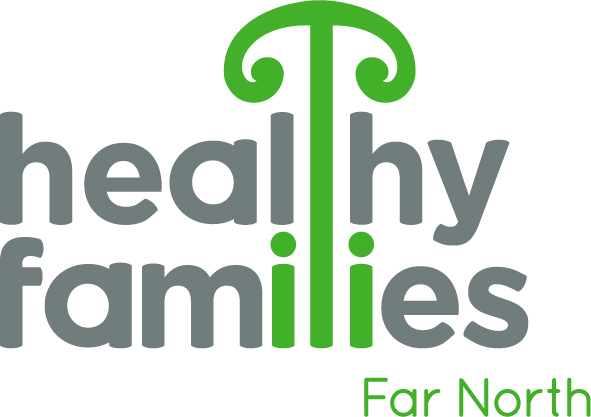Rangatahi from across the Far North are on a mission to become better kaitiaki of their rohe, learning what it takes to protect and look after te taiao.

Kaitiakitanga has been key to understanding how we might build a more food secure and resilient community – improving access to healthy kai in the spaces where we live, learn work and play.
Healthy Families Far North Kai Innovator, Sasja Mazurkiewicz, said the concept of guardianship has been an important piece to enabling local, equitable and accessible places of kai.
“What we’re seeing from successful projects around the work and in Aotearoa is that it comes back to the people who are living in these communities,” she said.

“What we’ve learnt from our own initiatives like the Sowing Machine for example, is that there’s a need for community to be connected and to feel that they have permission almost, to look after it’s plants, especially when it’s on public land.
“If we can support rangatahi to be kaitiaki of their environments, we anticipate that we can revive a generation of young people who are reconnected to a healthier, local food system.”
Healthy Families Far North invited a group of 10 students to participate in a 3-day design sprint, to re-discover what kaitiakitanga looks, and feels like, to them.

They facilitated a number of interviews with established kaitiaki of their rohe, including kaimahi from the Far North District Council, Ngāti Rēhia, and gardening permaculturist, Graeme Kettle.
They also gained hands-on experience, taking part in a fruit tree pruning workshop and teamed up with landscape architect Anna Dadson to discover public kai resources; finding hidden orchards and fruit trees on private land edging into public pathways.
The students presented their findings back to the community, which unearthed some challenges, solutions and prototypes they hope to build and test in the next phase.
These prototypes include the use of digital tools and signs to educate others about fruit trees, having color-coded signs to indicate when fruit is ripe and creating a kaitiaki pruning license for rangatahi to earn money.
Permaculturist, Graeme Kettle, said it was inspiring to see the next generation get excited about different practices and processes that play a major role into looking after the environment.
“We need to constantly be questioning and increasing our connection with, and understanding of, the environment,” he said.
“Their final presentations were great. You could tell a lot of thought and creativity went into them.”

Supporting young people to be kaitiaki in their communities encourages them to think about their responsibilities as a collective, added Mazurkiewicz.
“This wasn’t so much about them learning how to identify plants or to prune trees, but to have a go and actually feel that feeling of what it takes to look after something,” she said.
“It’s one thing to have a prototype that is community-led and designed, but it’s another to have whānau connected in a way that means they can look after it.”
The core group are continuing to explore kaitiakitanga and looking at how they might bring these ideas to life.

*If you want to learn more about this kaupapa, or keen to get involved, please contact Sasja at [email protected]

